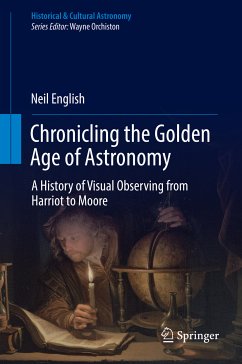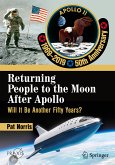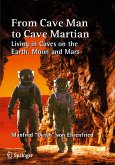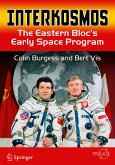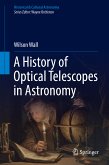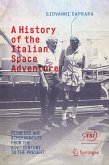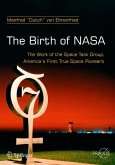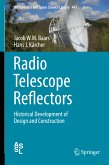Starting with early observers such as Thomas Harriot, Galileo, Johannes Hevelius, Giovanni Domenico Cassini, Robert Hooke and Christian Huygens, the book explores how these early observers arrived at essentially correct ideas concerning the objects they studied. Moving into the 18th and 19th centuries, the author describes the increasing sophistication of telescopes both large and small, and the celebrated figures who used them so productively, including the Herschels, Charles Messier, William Lassell and the Earls of Rosse.
Many great discoveries were also made with smaller instruments when placed in the capable hands of the Struve dynasty, F.W. Bessel, Angelo Secchi and S.W Burnham, to name but a few. Nor were all great observers of professional ilk. The book explores the contributions made by the 'clerical astronomers,' William Rutter Dawes, Thomas William Webb, T.E.R Philips and T.H.E.C Espin, as well as the lonely vigils of E.E. Barnard, William F. Denning and Charles Grover. And in the 20th century, the work of Percival Lowell, Leslie Peltier, Eugene M. Antoniadi, Clyde Tombaugh, Walter Scott Houston, David H. Levy and Sir Patrick Moore is fully explored.
Generously illustrated throughout, this treasure trove of astronomical history shows how each observer's work led to seminal developments in science, and providing key insights into how we go about exploring the heavens today.
Dieser Download kann aus rechtlichen Gründen nur mit Rechnungsadresse in A, B, BG, CY, CZ, D, DK, EW, E, FIN, F, GR, HR, H, IRL, I, LT, L, LR, M, NL, PL, P, R, S, SLO, SK ausgeliefert werden.
"Neil has skilfully woven an individual path through this 'golden era' as he describes it, by recounting in great detail the instruments, books and lives of individuals he considers important to the story. I am confident that many of these will seem equally important to others interested in astronomy. I am planning on re-reading the book again as soon as I have finished this review. I recommend that you seriously consider reading it too." (John Chuter, Journal of the British Astronomical Association, Vol. 129 (2), April, 2019)
"This is a massive tour de force, some 665 pages, profusely illustrated throughout, covering the history of observational astronomy and perhaps more importantly the pioneer astronomers themselves. ... The author, himself an enthusiastic amateur astronomer, has a way of making history come alive. He has written with passion something that is both unique in substance and enjoyable in style." (Azrabella, stargazerslounge.com, December, 21, 2018)

